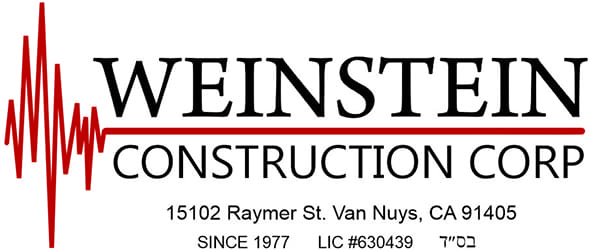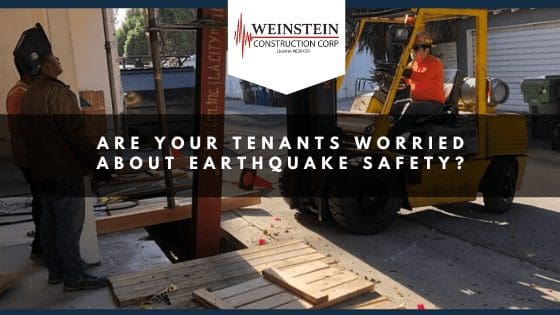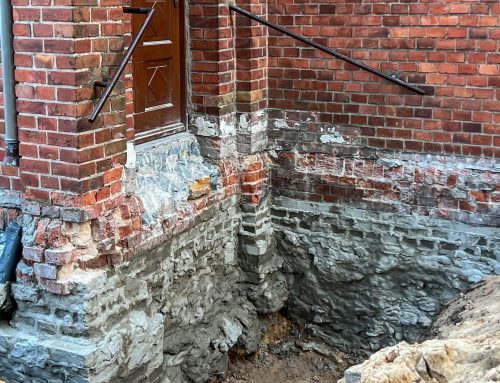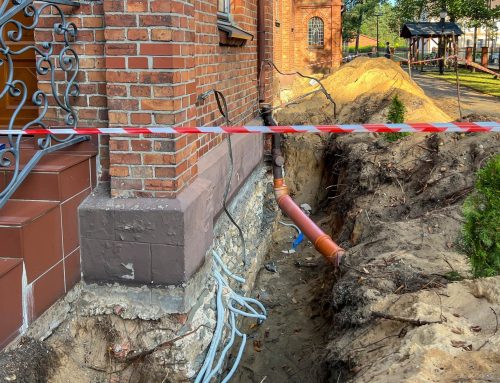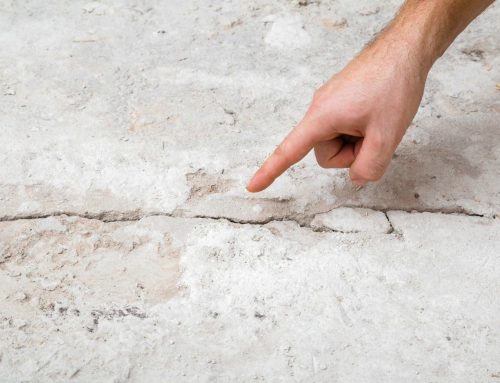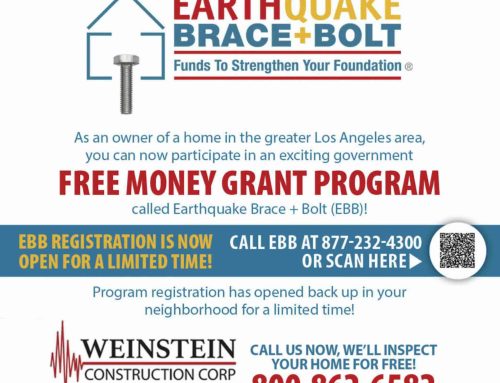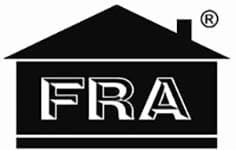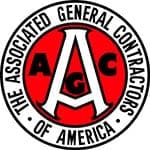Are your tenants worried about this?
If your building is one of those listed below, you might as well have to be.
Structures generally considered to be at risk for damage or collapse in major earthquakes include: Soft Story: wood-framed structures with an open ground floor usually used for underground parking, with one or more floors of housing units above. Extremely popular as a means of conserving lot of space, buildings of this sort built before 1978 have been shown to be vulnerable to the collapse of seismic activity.
Unreinforced masonry: these buildings are distinguished by walls and other building components made of brick or other non-reinforced masonry materials. Such facades can collapse during the earthquake. Most of these structures have been listed as part of an earlier state mandate, but there are still thousands that have yet to be restored.
Tilt-up: tilt-up construction is a cost-effective technique of pouring the walls of the building directly onto the work site and then lifting or tilting the panels into place. Many of these pre-1970s-built structures were era with minimal or poor roof connections and diaphragms that could collapse during the earthquake.
Non-conductile Concrete: such buildings are characterized as having concrete floors and/or roofs protected by concrete walls and/or frames. A rigid design and limited capacity of structures built before 1978 to absorb the energy of ground shaking put them at risk of collapse.
Steel Moment Frame: This construction technique, used in the first skyscraper, was most widely used in the 1960s and 1990s. Buildings built prior to 1994 can sustain brittle fractures of steel frames at welded points between beams and columns.
Owners of earthquake-vulnerable buildings can realize many cost-benefits from seismic refurbishment. But there are also countless social benefits.
The University of Southern California reports that the financial toll of California’s next major earthquake would be astounding: $113 billion in building damage, $68 billion in business disruption, $11 billion in related costs.
This can have a negative impact on society, its housing market and its overall economic stability.
The situation is further complicated by the fact that homes lost represent a large proportion of the community’s affordable housing stock. Individuals without homes have a tougher time reporting on jobs, and this can delay business activity.
The potential impact on small business, which employs 56.8 million people, accounting for 48 per cent of the U.S. population, is particularly problematic given that many of these businesses are occupying buildings that are at risk of failure during the earthquake.
Why is that important?
The more we have learned about seismicity, ground motion and engineering, the more we understand the potential for massive disruption in our societies and, more importantly, how to protect against it.
Obviously, the problem of earthquake readiness affects all.
When it comes to apartment buildings, planning for the “Big One” is often left to individual property owners to decide. But failure to address structural weaknesses can have widespread and devastating consequences. Resilience is a cause of great psychological, social and economic concern.
In the end, the seismic refurbishment of our fragile buildings keeps communities safe. And that’s perfect for all of us.
